Review: 1957 Mercedes-Benz 300SL Roadster

Summer 2005. My plans for a Vintage Car Rally Vacation evaporate. Rebuilding a very poorly rebuilt engine vacuums funds allocated for the purpose out of my wallet. What started as an odd knock became a horror show. My fussy ex-pat Yorkshireman mechanic in Chilliwack, British Columbia, removed the head and found the forensic remains of a car-related massacre not seen since Pol Pot rode around in his ’73 Mercedes. Just when I had given up on my dreams of a vintage vacation, the phone rang with an offer to co-drive an event in what many have called the world’s first supercar: the Mercedes-Benz 300SL. I accepted the offer faster than Mr. Fangio could frustrate Mr. Ferrari.
The 300SL was a race car adapted to the street—the creation of Daimler-Benz’s US importer Max Hoffman. Hoffman convinced Stuttgart that he could sell a street-legal version of their W194 race chassis to wealthy Americans. In 1954, at the New York Motor Show, Mercedes unveiled what they billed as the world’s fastest production car. The feature that captured the imagination: doors hinged at the top. The shape made when open became so synonymous with the 300SL that it retains the nickname “Gullwing Mercedes” to this day. It’s an instantly recognizable icon. Oddly however, the 300SL drop-top becomes just a nice old Mercedes; “Joe Average would fail to recognize the model without those “funny doors.”
The 300SL brought another innovation that changed the automotive industry: Direkteinspritzung mit mechanisch geregelter Einspritzpumpe a.k.a. direct (mechanical) fuel injection. Otherwise, the 300SL was Teutonically undramatic. It sported the 3.0-liter straight six found across the Benz lineup of the day, recirculating ball steering, swing axle rear suspension and drum brakes all around. Even so, the 300SL sold for a phenomenal $11,000 in 1954, limiting its buyers to the thin upper film of the upper crust. You could buy four Jags and a Corvette with what it cost to buy a 300SL new. Oddly, that exchange rate has been maintained, with interest.
Mercedes built 1400 “Gullwing” coupes. Some were sold to “gentlemen racers” who ordered performance options such as Rudge knock-off wheels, aluminum bodywork, and higher horsepower engines. In 1957, the coupe was phased out and the Roadster introduced. The roadster came standard with the more powerful engine. Mercedes engineers improved he rear suspension by lowering the swing axle’s pivot point, greatly reducing the Gullwing’s notorious tendency to swap ends in tight corners. The automaker created some 1,858 Roadsters to finish the run (3,258 over eight years of production).
The example I drove was one of the first Roadsters built in 1957. The state-of-the-art-for-the-era Mercedes-Benz 300SL handles well—for a mid-50s machine. Having driven both a 300SL and an XK 120 (review coming soon), the 300SL beats the Jaguar hands-down. Although the straight-eight 300SLR that competed with the C-type Jags had less torque, they kept up with, and frequently beat the early racing Jags. The 300SL street version’s inline-six simply doesn’t compare to the massive torque of the XK Jaguar mill, but it has more horsepower. If the mind is willing (and very, very attentive), so is the body.
The 300SL is a quiet car at any speed, until and unless you rev the engine past 4000 rpm. At that point, the six becomes amazingly loud, with a machine-gun note from the mechanical injection. The gearbox is setup for track or autobahn in 4th gear; at street-legal US speeds it revs low and can’t deliver instant “go now” torque for passing. In other words, you must rev it high to wring-out serious performance. Driving the 300SL quickly requires forethought, planning, and timing. The car I drove has a synchro issue in 3rd, which required double clutching and careful throttle blipping to achieve an un-Moss (gearbox, not Stirling) like downshift. Passing was more than a passing problem. Never mind.
In terms of comfort, ergonomics, build-quality, fit and finish and overall driving experience, the 300SL embarrasses even a contemporary Jaguar sports car. The old Merc is an extremely smooth and ergonomically sound machine, with exceptional engineering evident in every aspect. Other than the use of rock hard materials (there is no plastic), you’d think the 300SL is a “new” car. Unlike some modern equivalents (at least in terms of performance), the 300SL can accommodate a driver of almost any height. The leak-proof top is a dream to raise and lower, and stores away in a beautiful, well-engineered cover. The coupes are reputedly not as comfortable as the roadsters, due to poor ventilation.
While an owner could “compete” in vintage track and rally events in a 300SL, the car is best suited for wealthy owners who wish to dress to the nines and attend glamorous functions with a drop-dead gorgeous date. The Mercedes-Benz 300SL is sporting elegance personified.

Second Generation Car Guy living in the Sasquatch-filled wooded hills of the Pacific Northwest with an old E-type Jaguar and a lawnmower that run on gasoline. Everything else I drive runs on home-brew BioDiesel.
More by Chuck Goolsbee
Latest Car Reviews
Read moreLatest Product Reviews
Read moreRecent Comments
- Daniel J Cx-5 lol. It's why we have one. I love hybrids but the engine in the RAV4 is just loud and obnoxious when it fires up.
- Oberkanone CX-5 diesel.
- Oberkanone Autonomous cars are afraid of us.
- Theflyersfan I always thought this gen XC90 could be compared to Mercedes' first-gen M-class. Everyone in every suburban family in every moderate-upper-class neighborhood got one and they were both a dumpster fire of quality. It's looking like Volvo finally worked out the quality issues, but that was a bad launch. And now I shall sound like every car site commenter over the last 25 years and say that Volvo all but killed their excellent line of wagons and replaced them with unreliable, overweight wagons on stilts just so some "I'll be famous on TikTok someday" mom won't be seen in a wagon or minivan dropping the rug rats off at school.
- Theflyersfan For the stop-and-go slog when sitting on something like The 405 or The Capital Beltway, sure. It's slow and there's time to react if something goes wrong. 85 mph in Texas with lane restriping and construction coming up? Not a chance. Radar cruise control is already glitchy enough with uneven distances, lane keeping assist is so hyperactive that it's turned off, and auto-braking's sole purpose is to launch loose objects in the car forward. Put them together and what could go wrong???



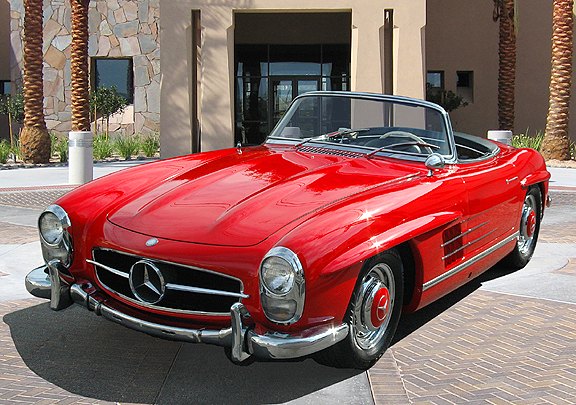


















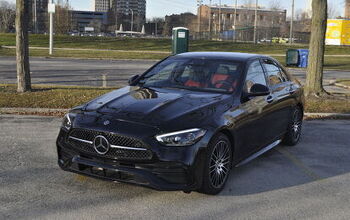
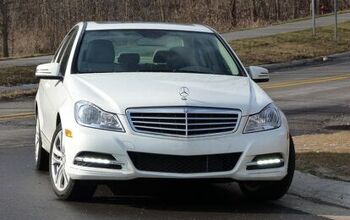
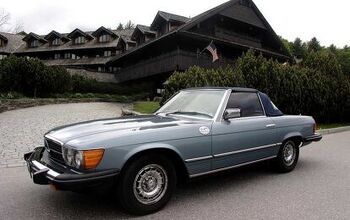
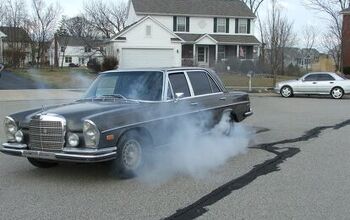










Comments
Join the conversation
This is one of the reasons why I own a W116 S-Class and a W124 E-Coupe. So much history and pedigree to the brand that descends down to both of them is the reason why I'll be a forever MBz loyal fan. Andy D, you might like my W116 S-Class. It's a 280S which has the M110 DOHC 2.8 I6 that has a 4-barrel carb on it. It's very interesting needless to say.
Attended the one in North vancouver today, a German car meet. I took a few pics. How to upload them? Plus I dont have any software to block out their lic plate number, not sure is that an invade of privacy? If u folks wanna to see these pics can email me. cheers